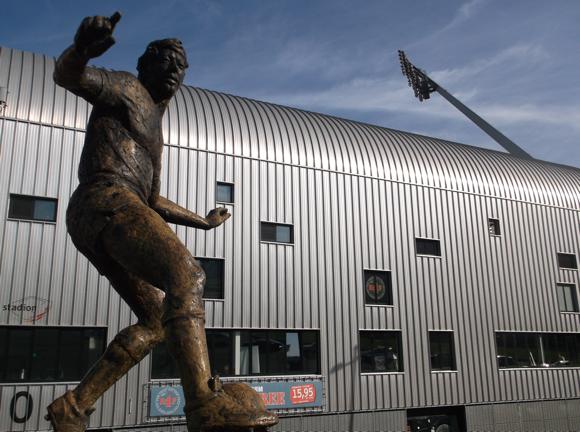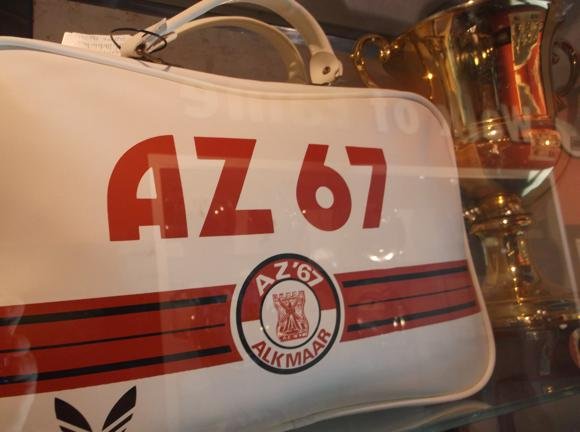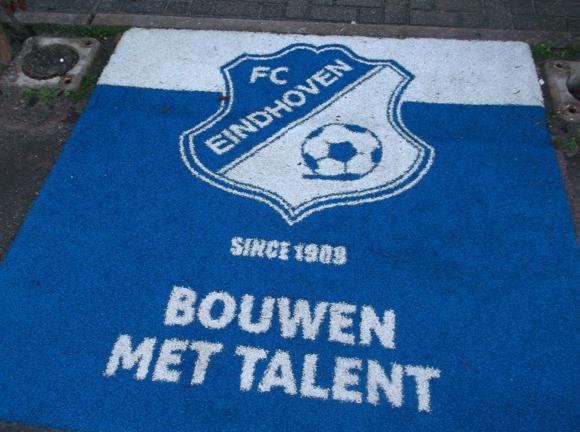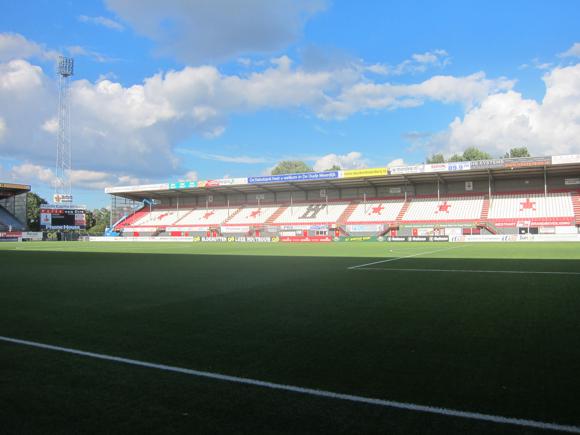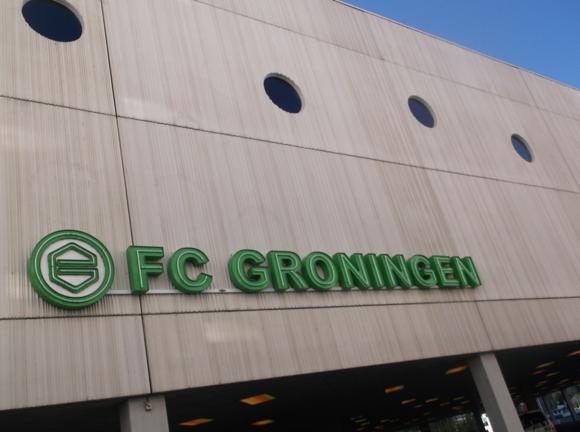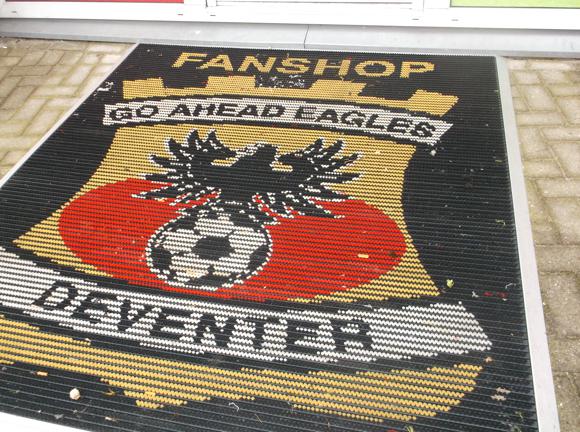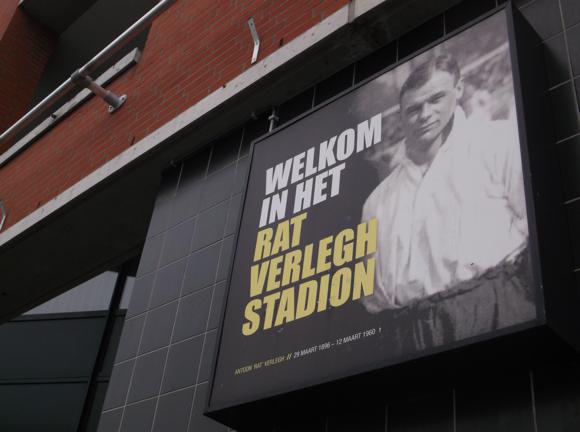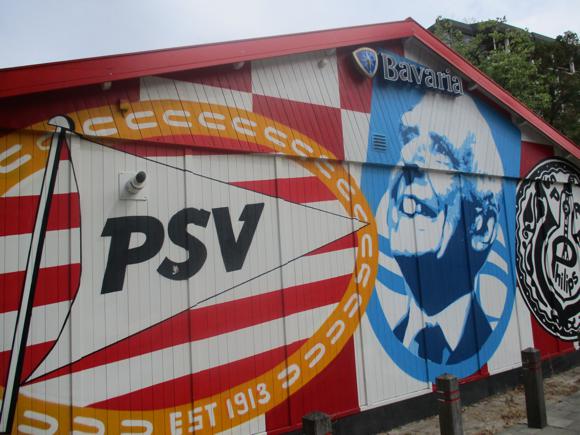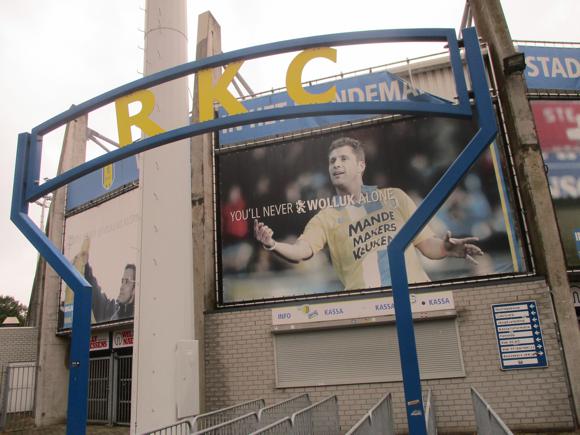A fan’s guide – the club from early doors to today
The success of Heracles Almelo, European competitors in 2016, Dutch Cup finalists in 2012 and later challenging for further European participation in 2019-20, is a relatively recent phenomenon.
Heracles have been a top-flight proposition since 2005, after the local council of the middling Dutch community of Almelo linked the town’s name to the club’s and financed the construction of the Polman Stadion.
Before then, Heracles went under other, similar, guises. The Dutch rendition of ‘Hercules’ twice appears on the roster of national champions, in 1927 and 1941, though the team in black-and-white stripes haven’t come close to the title in the professional era.

It was the local ten Cate textile dynasty who backed the burgeoning game in Almelo. Heracles, originally named ‘Hercules’ when founded at the Hotel Schreuder in 1903, set up at the so-called Erve Bonthuis on Bornsestraat in 1909. This would be the club’s home for the next 90 years.
Heracles began to rise above other smaller clubs in the Twente region after Breuning ten Cate persuaded Horace Colclough, former Crystal Palace and England left-back, to stay on in Europe after World War I. Bringing with him five years of professional know-how, Colclough moulded young players such as midfielder Frits Schipper and forward Bertus Freese into Dutch internationals. Both were in the squad for the 1928 Olympics in Amsterdam – Freese played against the great Uruguay side who would go on to win the first World Cup two years later.

Back in Almelo, Colclough persuaded the ten Cates to invest in an English-style grandstand on Bornestraat, opened in 1925. Two years later, Colclough’s Heracles held off two teams from eternal rivals Enschede to top the Eerste Klasse Oost regional table. The Almelo side then sailed through the national play-offs without a defeat to take a first Dutch title.
The next would come in 1941, with the Netherlands under Nazi occupation. With Dutch international Frans van der Veen leading the line, high-scoring Heracles outshone PSV to top the national play-off table.
By the time the post-war professional era came in, Heracles had slipped to the third tier. Apart from brief top-flight spells in the mid-1960s and mid-1980s, the Almelo club would remain on the sidelines until the new Polman Stadion was built in 1999.

At one point there was even talk of a merger with bitter and more prominent rivals Twente Enschede, shortly before the Almelo’s club’s professional and amateur departments parted ways. Salaried SC Heracles ’74 maintained a mid-table position in the second tier from 1974 until promotion until a single disastrous season in the Eredivisie in 1985-86.
After relegation, gates at Bornsestraat slipped down to three figures until a team led by later Ajax coach Henk ten Cate and spearheaded by the relentlessly prolific Folkert Velten frequently but unsuccessfully made the promotional play-offs in the 1990s. Velten, whose religious convictions would not allow him to play on Sundays, would also work on the coaching staff and have a stand named after him at the Polman Stadion.
With the increased income, a €11 million stadium was built on Weezebeeksingel south of town. Municipal support led to a change of name, so that the club became Heracles Almelo, promoting the town around the Netherlands.

The opening of the Polman Stadion coincided with the arrival of German coach Fritz Korbach, known for his promotion miracles – though again, the play-offs proved too much for Heracles Almelo. It took the guile of later Ajax and Borussia Dortmund coach Peter Bosz for Heracles to pip Sparta Rotterdam side to the Eerste Divisie title by a single point in 2005.
For their first Eredivisie campaign in 20 years, Bosz kept the club afloat before being poached by Feyenoord. Former Heracles player and coach Gertjan Verbeek, whom Bosz had worked with at Feyenoord, returned to Almelo to achieve a highest-ever sixth place in 2010. Bosz then came back for a second stint at Heracles once AZ poached Verbeek.
At the Dutch Cup semi-final of 2012, Bosz and Verbeek steered their respective sides through 120 minutes of drama at AZ, Heracles running out 4-2 winners. Two weeks later, the Almelo men made their cup final debut, an estimated 20,000 Heracles fans making their way to De Kuip. Stifling the underdogs’ high-scoring Brazilian forward Everton Ramos da Silva, PSV ran out easy winners 3-0.

John Stegeman, who had played under Verbeek at Heracles in the early 2000s, arrived as coach in 2014. After another sixth-placed finish in 2016, the Almelo side won a dramatic European play-off at the Polman Stadion, a 92nd-minute goal from later Wolves signing Paul Gladon levelling the aggregate score with Groningen before three extra-time goals sent Heracles to the decider. Gladon then grabbed another late strike to surprise hosts Utrecht.
Heracles bowed out at the first hurdle in their first Europa League campaign, an equaliser from visitors Arouca enough to settle the tie.
Under former Germany U-20 coach Frank Wormuth, Heracles Almelo then harboured credible hopes for another European campaign.





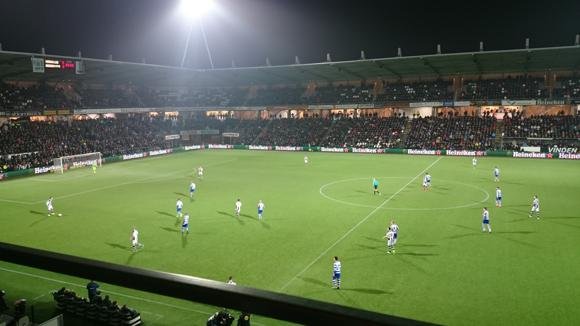


Stadium Guide
The field of dreams – and the stands around it




Opened in 1999, revamped and expanded in 2015 to accommodate a total of 12,080 seats, the Polman Stadion is named after a Dutch real-estate company.
The rebuild created a two-tier stadium where previously it was single-deck. The home end is still named after Steve Mokone, the first black South African player to star in Europe, on Coventry’s books before two seasons at Heracles in the late 1950s. A book and film were later made about his controversial, globe-trotting life.
At the other end, away fans are allocated sectors GG and HH (Ingang/Gate 6) in the corner of the Folkert Velten Tribune, named after another Heracles legend.
Skyboxes and VIP places now line the Frits van der Elst Tribune, with the best affordable seats in sectors C-E over the halfway line in the Joop Schuman Tribune opposite.
getting there
Going to the stadium – tips and timings


The easiest and quickest way to get to the stadium from town is to take the train from Almelo to Almelo de Riet (every 30mins daily), a journey of three minutes. From de Riet station, turn left from the platform incoming from town, head down Rietstraat, past the residential housing occasionally decorated with Heracles flags, over main Henriëtte Roland Holstlaan and you’ll see a complex of sports pitches ahead. Just over Weezebeck canal is the Polman Stadion – allow 10-15min from de Riet station.
Alternatively, and closer to the ground, bus 21 runs from Almelo main station every 30mins to Almelo Stadion, a journey of under 10mins. If you’ve just missed one, then the 22 and 66 stop at Almelo, Frederik van Eedenstraat by the canal. From there, it’s about 7-10mins to the stadium, either through the park or keeping to the main roads, turning right at the roundabout.
getting in
Buying tickets – when, where, how and how much

Tickets are distributed for several games in advance at the FanServiceShop (Mon-Wed, Fri 10am-6pm, Thur 10am-8pm, non-match Sat 10am-5pm, match days 2hr before kick-off and 30min after final whistle) and online. For low-risk fixtures, the FanServiceShop sells on the day.
With average gates around 11,000 and a capacity of 12,080, availability is pretty good for many games – and in all sections of the stadium except for the exclusive Frits van der Elst Tribune – provided you purchase several weeks in advance.
Admission is currently set at €21 for the outer sectors in the home end and most seats behind the opposite goal, €26 in the outer sectors in B and F in the sideline Joop Schuman Tribune and €29 in middle sectors C-E there. In a quite wonderful slight to PSV, a levy of €5 is charged for the visits of Ajax and Feyenoord only.
Prices are the same whether it’s the first tier (Eerste Ring) or second (Tweede Ring). There are reductions for over-60s (€18-€26), under-17s (€16-€24) and under-12s (€13-€19).
For all information, email Ticketing@heracles.nl or call +31 546 817 070.
what to buy
Shirts, kits, merchandise and gifts
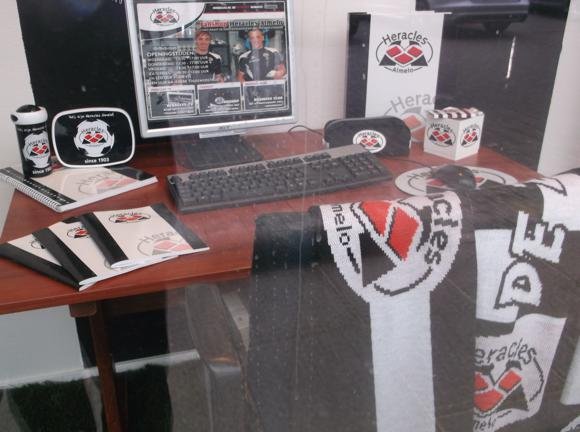
Choose between away light blue or classic black-and-white bar scarves, shirts of similar colour, or pick up a ‘Wij Zijn Heracles’ bottle opener, branded virtual reality glasses and a sticker set for the kids at the FanServiceShop (Mon-Wed, Fri 10am-6pm, Thur 10am-8pm, non-match Sat 10am-5pm, match days 2hr before kick-off and 30min after final whistle).
Where to Drink
Pre-match beers for fans and casual visitors







Sadly, the taxman forced the wonderful little football bar at Almelo de Riet station, Frans van’t Spoor, to hang up its scarves and old beer ads. It’s now a standard snack bar.
If you’re coming from de Riet and the park, the first thing you’ll see is the Oranje Nassau clubhouse, scarves around the bar, youth teams and their parents traipsing in and out. It’s closed on Fridays and Sundays.

Near the 21 bus stop and main entrance to the stadium, Wok In Vuur En Vlam is a large standard Chinese restaurant, licensed but operating on an all-you-can-eat buffet basis – think meal and not a swift beer.
At the ground, the Hart voor Heracles fan group gather in the Supporters Kavee ‘t Hart while those lucky enough to gain entry into the VIP bar are treated to a luxurious view of the pitch in comfort.


